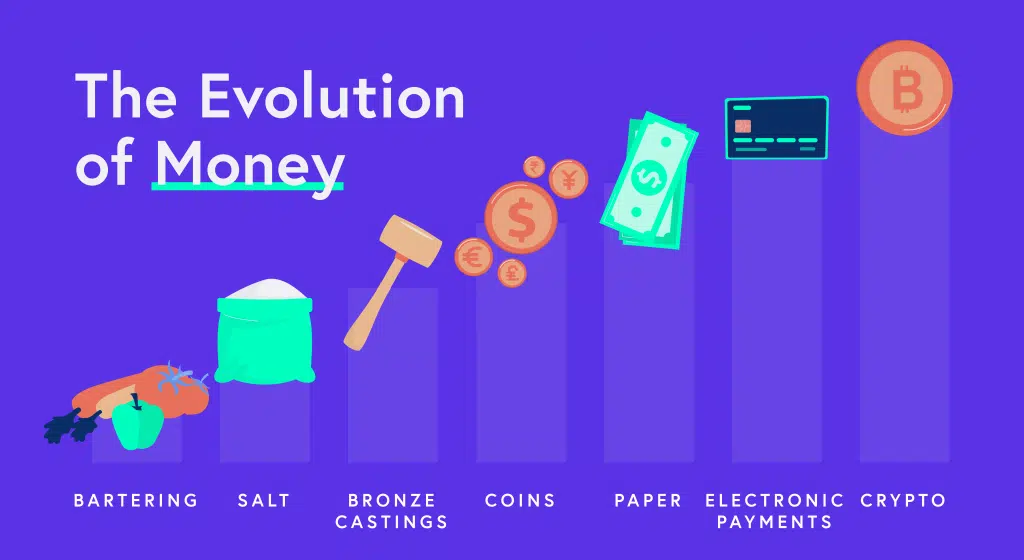In 2008, Satoshi Nakamoto released the Bitcoin white paper, introducing the concept of a decentralized currency to the public. From that time on, many have turned to cryptocurrency for an alternative to traditional fiat currencies that offers decentralization, transparency of exchange, and ease of use—especially when it comes to international exchanges.
However, along with the plaudits have come disadvantages, notably the volatility of digital assets relative to the US Dollar. The perceived value of a specific cryptocurrency by investors can lead to wide fluctuations in the value of Bitcoin, Ether, and other types of crypto. This, in turn, can make cryptocurrency more difficult to use as a medium of exchange or store of value.
Enter stablecoins, an inherently less volatile option being considered the best of many worlds. They provide a desirable link between the stability of fiat currency and the decentralization and efficiency of cryptocurrency.
What are stablecoins and where did they come from?
Stablecoin is a catch-all phrase for cryptocurrency that is pegged to specific reserves or other asset types. More specifically, stablecoin is divided into four groups:
- Fiat-collateralized stablecoins: Cryptocurrency assets secured against real-world currencies, such as USD Coin (USDC) and Gemini Dollar (GUSD).
- Commodity-collateralized stablecoins: Cryptocurrency assets fixed against commodities, such as oil, gold, and silver. One example is Pax Gold (PAXG), which is one of the collateral types available on SALT’s platform.
- Crypto-collateralized stablecoins: Algorithmic stablecoins that mint dollar equivalents based on the value of the crypto provided to backstop each unit.
- Non-collateralized stablecoins: Stablecoins that automatically adjust its aggregate supply to maintain a certain price or pegged asset.
The first stablecoins, BitUSD, and NuBits, came online in 2014 and were collateralized through various other cryptocurrencies. Also released in 2014 was RealCoin (now Tether), the first crypto to be backed by so-called “real” assets. Active dollar-based stablecoins today include Paxos Standard, TrueUSD, USD Coin, Tether USD, and Gemini Dollar.
How to use stablecoin for a crypto-backed loan
Though it might not be a strong addition to an investment portfolio, stablecoins are useful in many ways. For example, at SALT Lending, as a provider of crypto-backed loans, we accept stablecoins for:
- Making direct payments on crypto-backed loans. Reimbursement via stablecoin is nearly instant, with minimal time lag between payment and acceptance.
- Maintaining a more stable loan to value ratio on a loan, by boosting stablecoin holdings as part of overall collateral.
- Depositing stablecoin at any time to protect the cryptocurrency collateral value during a market downturn. Stablecoin payments can be made outside of normal banking hours or holidays, unlike cash or fiat payments, meaning borrowers can manage loans without the need for a bank.
SALT also offers loan payouts via stablecoin or fiat currency. The advantage of a stablecoin payout is that only a stablecoin address is required, no bank account is needed.
The potential of stablecoins
Cryptocurrency enthusiasts see value in stablecoins given their decentralized properties, ability to facilitate better payment rails for global commerce, accessibility in unbanked jurisdictions, and programmability to streamline business operations.
Meanwhile, more traditional institutions are researching stablecoins for their potential in cross-border lending and overseas transactions without conversion into fiat, or sovereign currency. The Bank of Canada mentioned the use of stablecoin in its 2020 vision, focusing on it as a part of emerging payment technologies. Meanwhile, The U.S. Office of the Comptroller of the Currency released guidance indicating that national banks are free to hold reserve currencies for stablecoin.
While much of the world continues to rely on fiat currency for financial operations, digital currencies have been quickly disrupting this archaic financial infrastructure. Of those currencies, stablecoins could bridge the divide between cryptocurrency volatility, decentralized ownership, and providing banking solutions in otherwise untouched jurisdictions.
For more information about cryptocurrency loans and stablecoins, contact SALT Lending.








